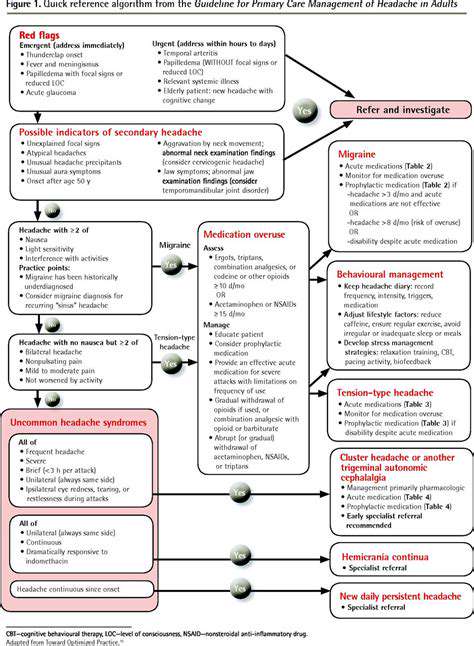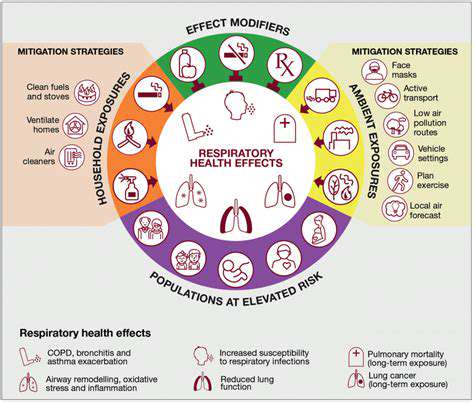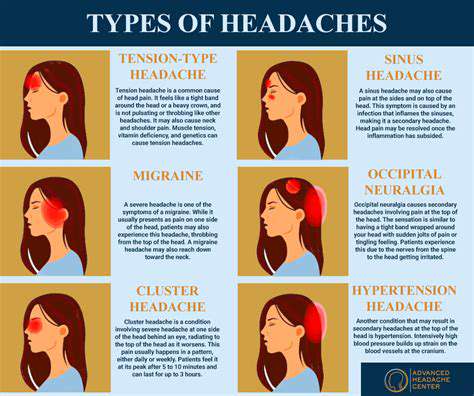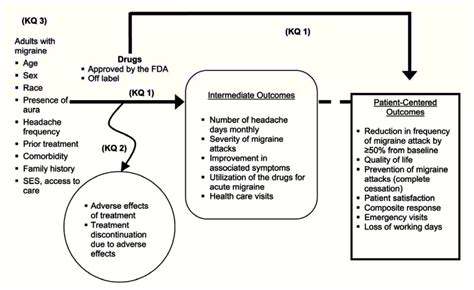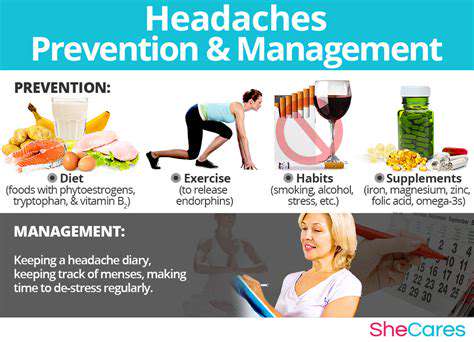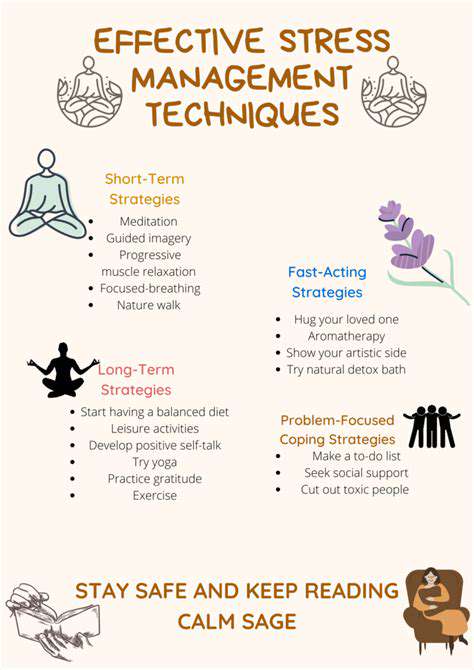Iron Deficiency Anemia and Headaches: What You Need to Know
When your body runs low on iron, it struggles to produce enough hemoglobin - that vital protein in red blood cells responsible for oxygen transport. This oxygen shortage triggers a cascade of symptoms that can creep up gradually. Spotting the warning signs early makes all the difference in effective treatment and preventing complications.
While anyone can develop this condition, women during their reproductive years and young children face higher risks. The symptoms often start so mildly they're easy to dismiss, which is why routine blood tests and awareness of subtle changes matter so much.
Causes of Iron Deficiency Anemia
Your body might become iron-depleted for several reasons. Maybe your diet lacks sufficient iron-rich foods like beef, spinach, or lentils. But often, it's chronic blood loss - whether from heavy periods, internal bleeding, or medical conditions - that quietly drains your iron reserves.
Pregnancy dramatically increases iron needs, and without proper supplementation, deficiency can develop. Some people absorb iron poorly due to digestive disorders like celiac disease or medications that interfere with nutrient absorption. Even if you eat enough iron, absorption issues can leave you deficient.
Symptoms of Iron Deficiency Anemia
The signs emerge gradually: constant exhaustion, breathlessness from minor exertion, and unusually pale skin. These subtle changes often get brushed off as stress or lack of sleep.
As the condition progresses, you might notice frequent headaches, dizzy spells, constantly cold extremities, or heart palpitations. In advanced cases, the heart can become strained from working overtime to compensate for reduced oxygen delivery.
Diagnosis of Iron Deficiency Anemia
Doctors typically order a complete blood count to check hemoglobin and hematocrit levels, along with tests measuring your iron stores. These results not only confirm the diagnosis but help gauge its severity to guide treatment decisions.
Additional tests like fecal occult blood tests or endoscopy might be needed to uncover hidden bleeding sources causing the deficiency.
Treatment Options for Iron Deficiency Anemia
Treatment focuses on replenishing iron while addressing the root cause. Dietary improvements help, but most people need supplements to rebuild their reserves. Oral iron supplements remain the first-line treatment, though they require several months of consistent use to fully restore levels.
Monitoring is crucial - blood tests track progress while watching for common side effects like constipation that might require dosage adjustments.
Preventing Iron Deficiency Anemia
A diet rich in diverse iron sources forms the foundation of prevention. During high-demand periods like pregnancy or adolescence, proactive supplementation often becomes necessary to stay ahead of depletion.
Regular screenings help catch early signs, especially for at-risk groups. Managing conditions that cause blood loss or impair absorption also plays a key preventive role.
Long-Term Implications of Iron Deficiency Anemia
Untreated, this condition can impair both physical stamina and mental sharpness. Research links prolonged deficiency to reduced work capacity, slower cognitive processing, and even developmental delays in children.
For expectant mothers, the stakes are higher - severe anemia increases risks of premature delivery and low birth weight, underscoring the importance of prompt treatment.
The Link Between Iron Deficiency and Headaches
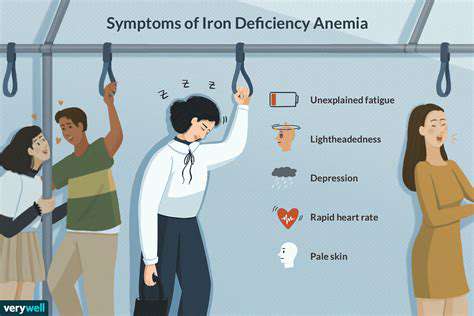
Iron Deficiency Anemia: A Common Problem
This widespread condition stems from an equation imbalance - when iron losses or needs exceed what's consumed and absorbed. The resulting oxygen deprivation triggers various symptoms, including those pounding headaches many patients report.
Dietary Factors Contributing to Iron Deficiency
Modern diets often fall short on iron, especially with reduced red meat consumption. Plant-based eaters must be particularly strategic, combining iron-rich legumes with vitamin C sources to maximize absorption of non-heme iron.
Absorption and Metabolism of Iron
Your body's iron handling is complex - calcium can block absorption, while vitamin C enhances it. Tea and coffee consumed with meals may reduce iron uptake by up to 50%, highlighting how timing matters as much as intake.
Symptoms of Iron Deficiency Anemia
Beyond fatigue, many experience headaches from dilated blood vessels struggling to deliver sufficient oxygen. These often present as dull, persistent pains that intensify with physical exertion or stress.
Impact on Women's Health
Monthly blood loss makes women particularly vulnerable. During pregnancy, iron needs nearly double, making supplementation not just beneficial but often essential for maternal and fetal health.
Treatment Options and Management Strategies
While diet forms the foundation, most need supplements to correct deficiency. Taking iron on an empty stomach with orange juice boosts absorption, though some may need to start with smaller doses to minimize GI upset.
Prevention and Maintenance of Iron Levels
Regular monitoring helps maintain balance - too little iron causes problems, but excess brings its own risks. Annual blood work provides objective data to guide dietary and supplemental decisions.
Symptoms Beyond Headaches: Recognizing the Signs
Recognizing Fatigue
The exhaustion of anemia feels different from ordinary tiredness - it's that bone-deep weariness that persists despite rest, making even routine tasks feel overwhelming.
Shortness of Breath and Dizziness
Climbing stairs leaves you winded? That oxygen deprivation also causes lightheadedness, especially when standing quickly, as your body struggles to maintain adequate blood pressure and circulation.
Paleness and Cold Extremities
Check your inner eyelids and nail beds - unusual paleness there often appears before obvious facial pallor. Poor circulation also leaves hands and feet constantly chilly.
Changes in Appetite and Taste
Some develop odd cravings for ice, clay or chalk - a condition called pica that often signals iron deficiency. Others experience metallic tastes or loss of appetite entirely.
Headaches and Cognitive Impairment
The headaches typically feel like a constant pressure rather than sharp pain. Many report brain fog - trouble concentrating or remembering details that previously came easily.
Unusual Bleeding and Bruising
With severe deficiency, you might notice more nosebleeds, bleeding gums, or bruises appearing with minimal trauma - all signs your blood's clotting ability is compromised.
Compassionate care becomes especially important when supporting someone through iron deficiency's challenging symptoms, as the condition can affect both physical and emotional wellbeing.
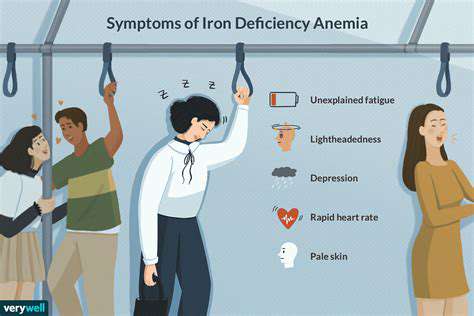
Treatment Options and Management Strategies
Dietary Interventions
Strategic food combining makes a real difference. Pair that spinach salad with strawberries, or add bell peppers to lentil soup. Cooking in cast iron pots can subtly increase iron content, especially with acidic foods like tomato sauce.
Medications and Supplements
Ferrous sulfate remains the most common supplement, but alternatives like ferrous gluconate may cause less stomach upset. Newer formulations with heme iron polypeptide show promise for better tolerance.
Lifestyle Adjustments
While rest helps, gentle exercise like walking actually improves circulation and oxygen utilization. Stress reduction techniques prevent the vicious cycle where stress exacerbates symptoms which then increase stress.
Medical Interventions and Monitoring
For severe cases or malabsorption, intravenous iron bypasses the gut entirely. Regular follow-ups ensure treatment effectiveness and allow for adjustments before deficiency recurs.

